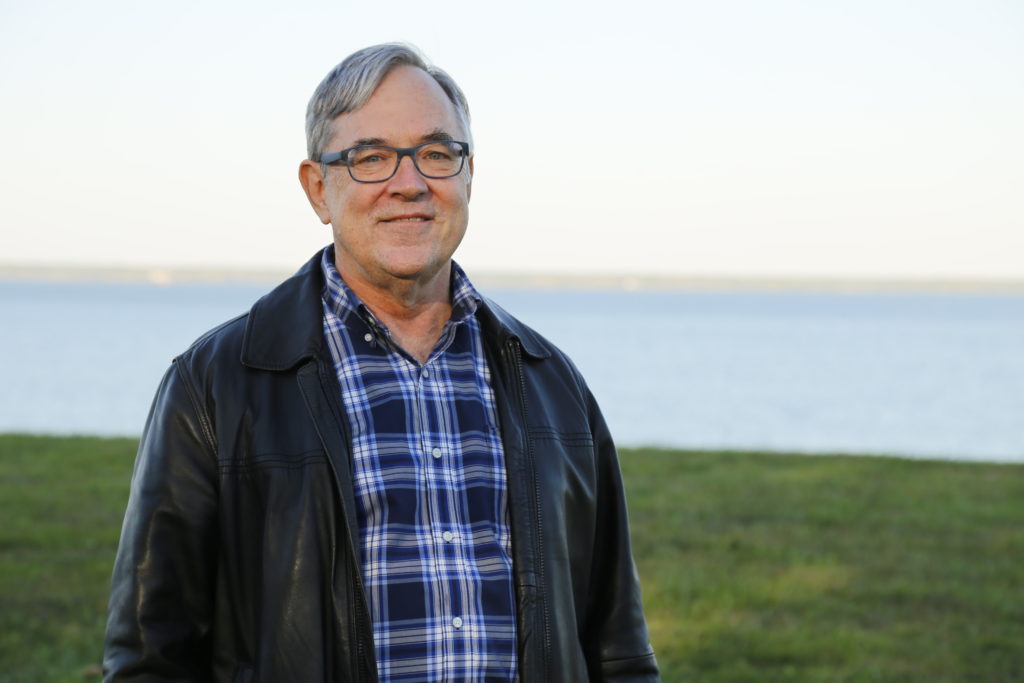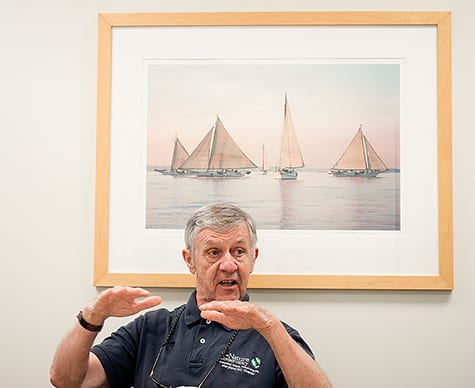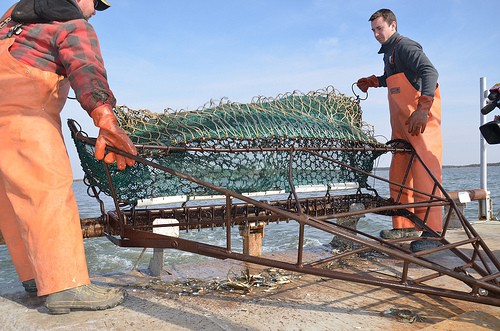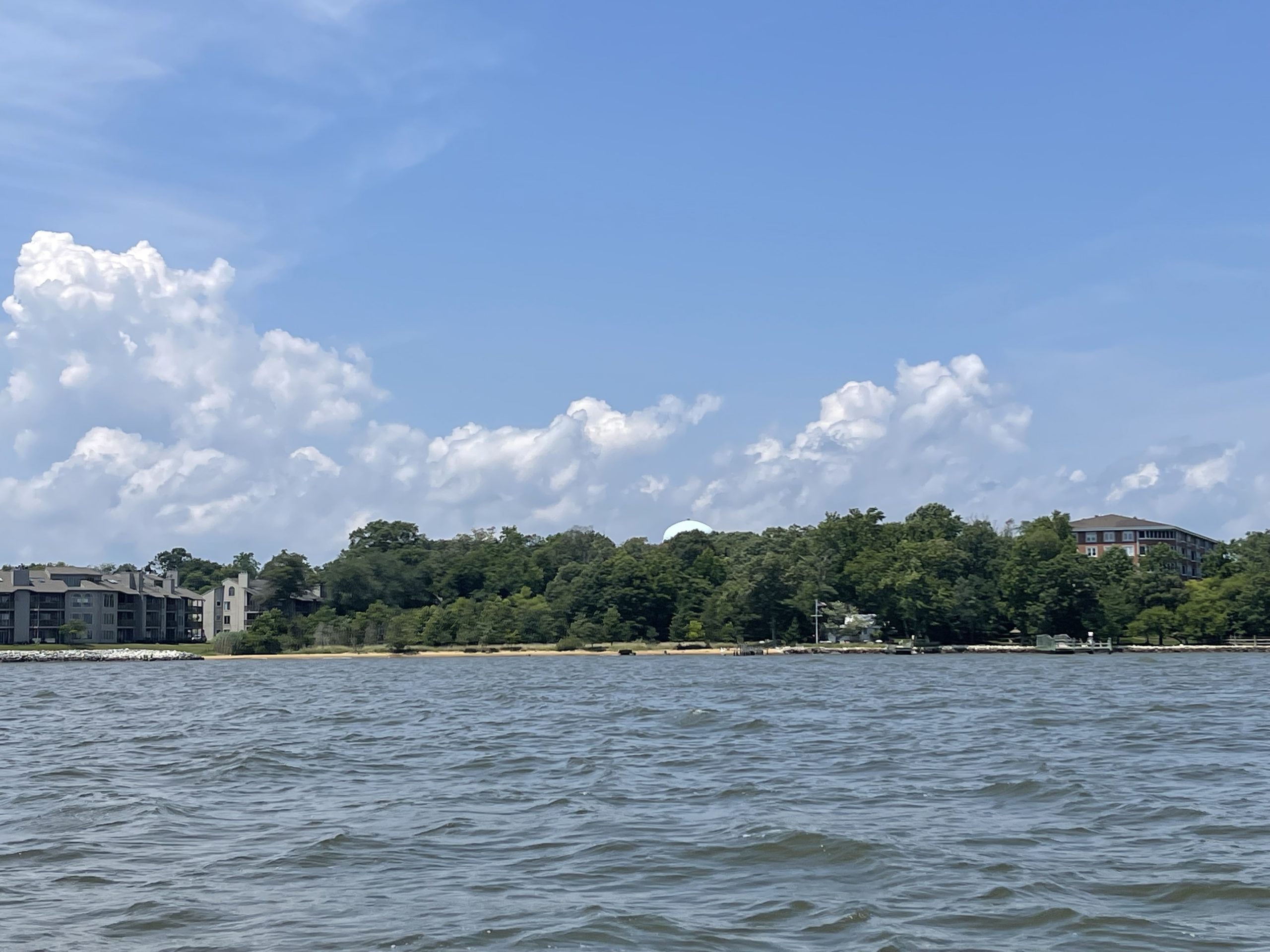The University of Maryland Center for Environmental Science (UMCES) Horn Point Laboratory has a new leader for the first time in two decades.
Leading oceanographer Dr. Michael (Mike) Sieracki will take over for Mike Roman, who held the position for 20 years. Roman will continue on as a faculty member, focusing on his research.
Sieracki comes from the National Science Foundation, where he was lead program director for the biological oceanography program.
Before that, he was a senior research scientist at the Bigelow Laboratory for Ocean Sciences in Maine, where he served as acting director and focused on microbial plankton ecology, including the phytoplankton spring bloom and harmful algal blooms, which are ongoing issues here on the Chesapeake Bay.
A pioneer in the field, Sieracki invented automated microscopes for studying microplankton and has published more than 60 scientific papers. He has logged over 180 days at sea in 25 research cruises. He helped coordinate an expedition to map the biodiversity of plankton in the world’s oceans.
Sieracki’s education brought him to the region when he received his undergraduate degree in biological sciences from the University of Delaware.
Sieracki begins in his new position Nov. 14.
“I am really excited to get started as director at UMCES’ Horn Point Laboratory, which has excellent scientists and staff and a great reputation,” says Sieracki. “Their strong tradition of doing excellent education and research that informs policy and practice is needed now more than ever to tackle the great challenges now facing us from our local communities to global societies.”
While Horn Point is best-known for being home to one of the East Coast’s largest oyster hatcheries, the 800-acre lab facility also has respected programs on oceanography, water quality, restoration of seagrasses, marshes and shellfish and is a known resource for expertise in ecosystem modeling.
-Meg Walburn Viviano




